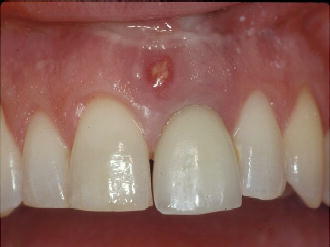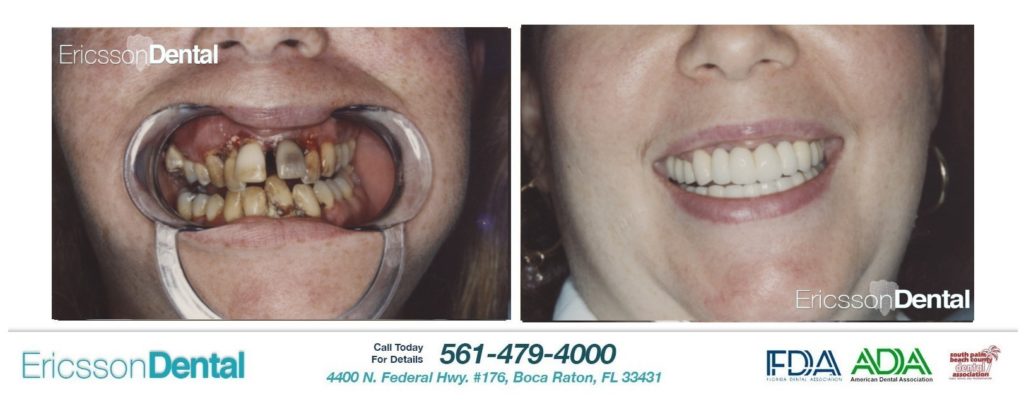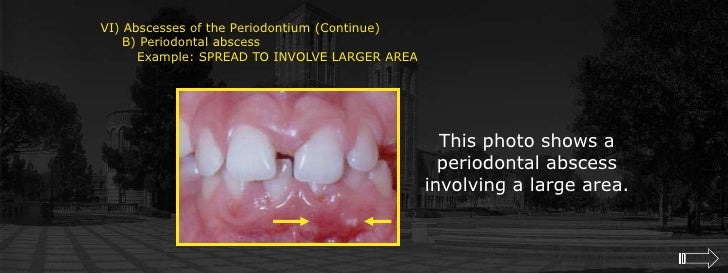Gingival Abscess Vs Periodontal Abscess. The second and more advanced type of gum abscess is the periodontal abscess. Like the gingival abscess, nevertheless, it can likewise be triggered by food or a foreign item affected into the pocket around the tooth.

The main difference between the two is the origin of the infection.
Periodontal abscess: this type is associated with gum.
The other type, a periodontal (gum) abscess, affects the gums. While a tooth abscess is located in the dental pulp and a periapical abscess attacks a tooth's roots, a gingival abscess occurs in the gum tissue above your teeth. A periodontal abscess is a collection of pus that can occur in the gums. A periodontal abscess can occur with any type of periodontitis and is therefore not a type of periodontitis but a particular feature or symptom. Gingival abscess, also known simply as a gum abscess, is a pus-filled sac caused by inflammation and bacteria. It is important to distinguish this from a periradicular abscess caused by an.
There are two types of dental abscess: A periapical, or tooth abscess, affects the root of the tooth. Tooth abscesses are the result of an infection that often begins at the tip of your tooth's root. Pockets, or spaces, form between the gums and a tooth due to bone loss from gum disease. Nonperiodontitis-related abscess: due to foreign body impaction; due to alterations in the integrity of the root leading to bacteria colonization; Signs. An abscess is caused by an infection. This type of abscess is common in people who have gum disease.
This leaves deep pockets where bacteria can grow. This abscess is also called a gum abscess. Some gum abscesses result from periodontitis disease, which is caused by poor oral.






